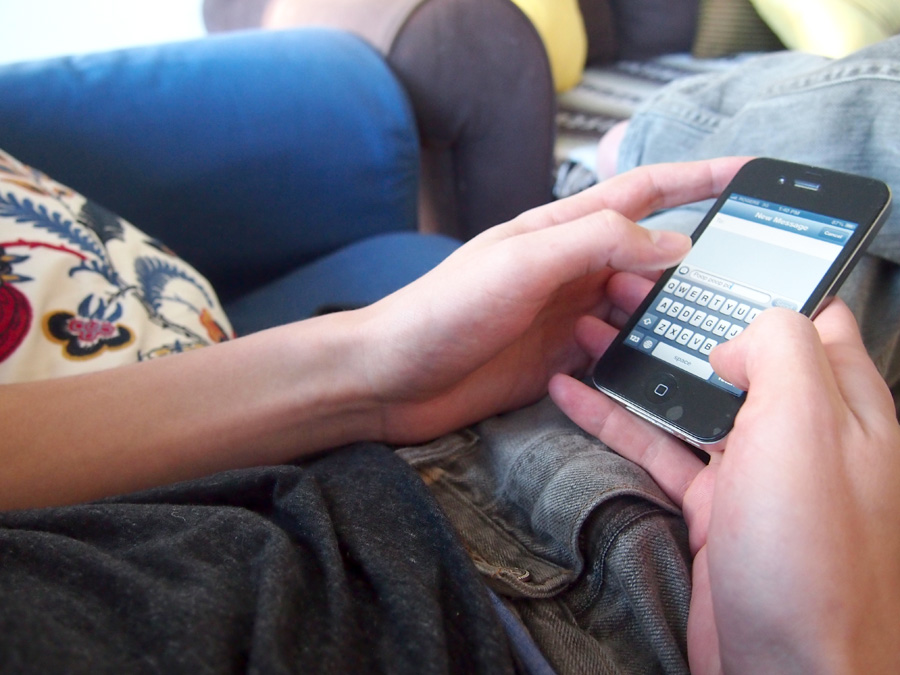By Sept. 2013, would-be thieves may not want to bother with cell phones and wireless devices. The Canadian Wireless Telecommunications Association (CWTA) is working with the Groupe Spéciale Mobile Association (GSMA) to create a global database—employing new strategies to fight cell phone theft. The groups hope these new strategies will eliminate any profit from selling stolen phones.
The GSMA global database is creating a “blacklist” that will deny service to lost and stolen phones. To make this strategy effective, the GSMA has coordinated with cell phone companies to ensure that they will cooperate. As of Sept. 2013, no mobile carrier in Canada will offer service to a blacklisted device.
To identify phones on this blacklist, the GSMA uses a very secure system. Each phone carries a unique serial number, known as an IMEI number, that identifies the device. Accessing this number is simple: dial *#06# on a cell phone. For most devices and networks, the number will automatically display on the screen.
The serial number is also printed on the back of devices, behind the battery, and can be accessed on the phone’s packaging. The number is important for reporting the stolen phone, so the GSMA recommends keeping a copy for reference.
All serial numbers are recorded and stored in the GSMA global database. Carriers currently access the number for statistics on which devices and features are most commonly used by consumers. With the new blacklist, the carriers will also be able to share this number to ensure that all networks know when a phone has been reported lost or stolen. The number is unique and cannot be changed—even by resetting the phone or changing the SIM card—so it provides an extremely secure method for locating devices.
“The phones get on the blacklist when they are reported by the consumer to their carrier,” Ashlee Smith, communications manager at CWTA, said. “The carrier will then send the [serial] number to the global list and the device will … be blocked from accessing another network.”
To support this new level of security, the CWTA is also pushing for federal legislation.
“CWTA and our members are calling on the federal government to consider legislative measures that could augment industry solutions to contribute to the reduction of cell phone theft in Canada. This may include legislation that targets those who change [serial] numbers on devices,” Smith said.
Although having a phone stolen is a financial loss, to many the real value of the device is the data within. To address this concern, the CWTA is using Public Service Announcements to spread awareness of mobile device theft to Canadians. In addition to the commercials, CWTA has created the website www.protectyourdata.ca, which provides detailed strategies for using mobile devices safely. The site provides information on the technology behind phones, how they work, and ways to become more ‘phone-smart,’ such as password protection.







